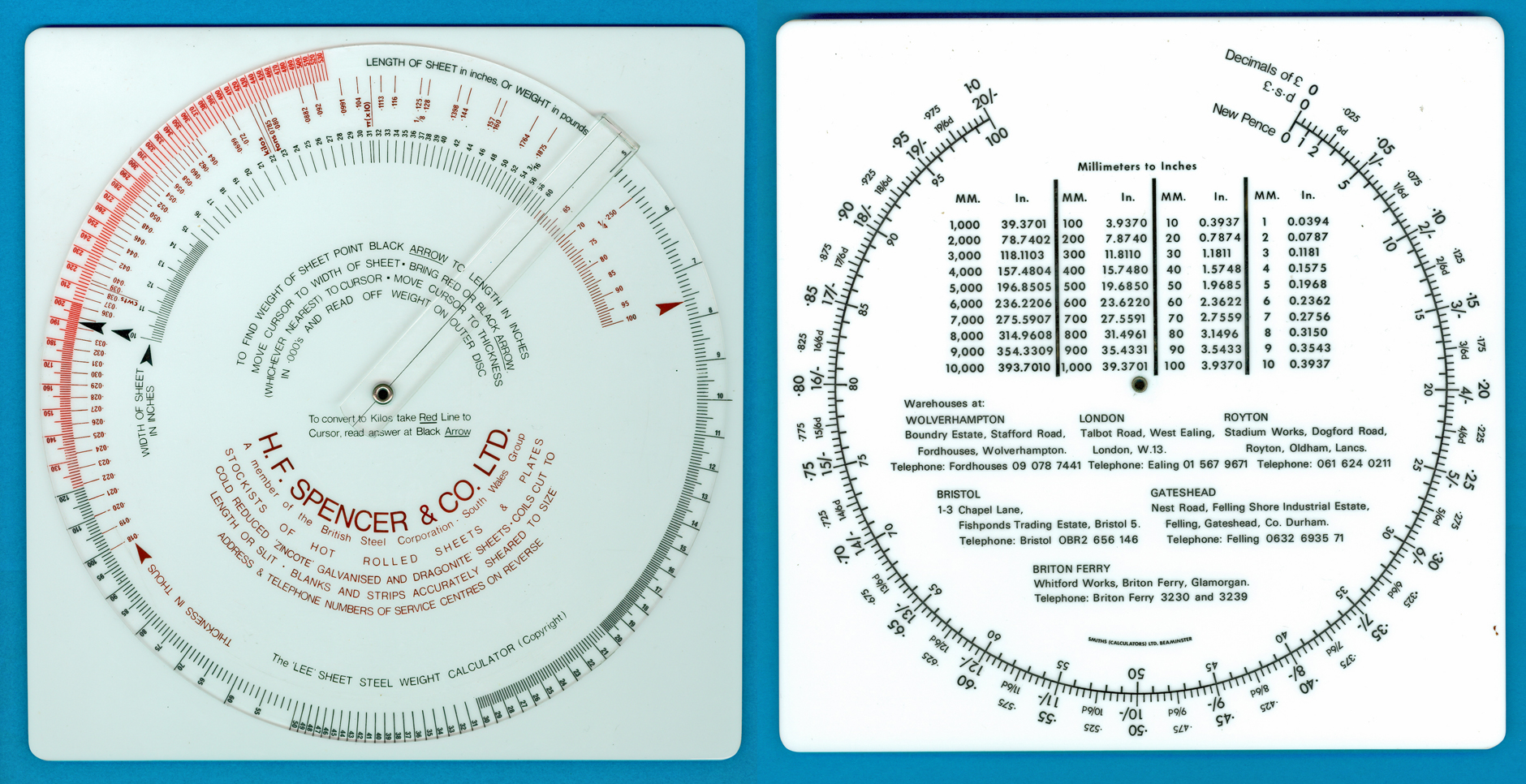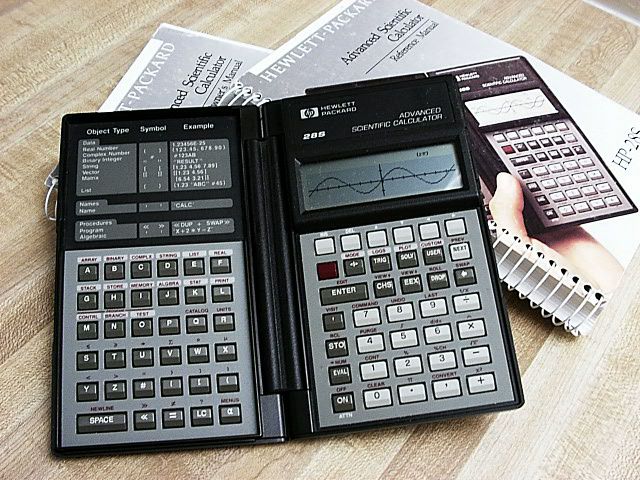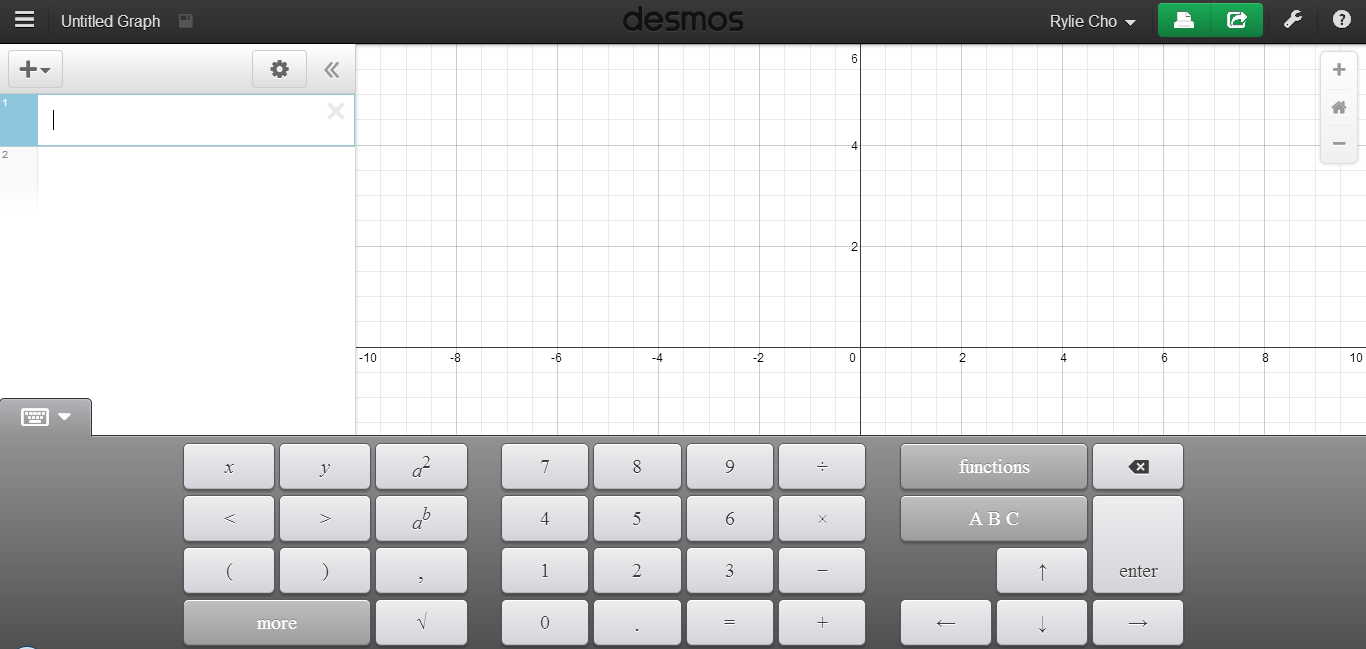
- LEE VMD CALCULATOR MANUAL
- LEE VMD CALCULATOR SOFTWARE
- LEE VMD CALCULATOR CODE
- LEE VMD CALCULATOR FREE
Somers WS, Mosyak L, Zhang Y, Glasfeld E, Haney S, Stahl M, Seehra J (2000) The bacterial cell-division protein ZipA and its interaction with an FtsZ fragment revealed by X-ray crystallography. J Mol Graph 14(1):33–38īhat TN, Bentley GA, Boulot G, Greene MI, Tello D, Dallacqua W, Souchon H, Schwarz FP, Mariuzza RA, Poljak RJ (1994) Bound Water-molecules and conformational stabilization help mediate an antigen-antibody association. Humphrey W, Dalke A, Schulten K (1996) VMD: visual molecular dynamics. J Comput Chem 23(1):15–27Ĭase DA, Darden TA, Cheatham, Simmerling CL, Wang J, Duke RE, Luo R, Merz KM, Pearlman DA, Crowley M, Walker RC, Zhang W, Wang B, Hayik S, Roitberg A, Seabra G, Wong KF, Paesani F, Wu X, Brozell S, Tsui V, Gohlke H, Yang L, Tan C, Mongan J, Hornak V, Cui G, Beroza P, Mathews DH, Schafmeister C, Ross WS, Kollman PA (2006) Amber 9 Huo S, Massova I, Kollman PA (2002) Computational alanine scanning of the 1:1 human growth hormone–receptor complex.

LEE VMD CALCULATOR FREE
Massova I, Kollman PA (1999) Computational alanine scanning to probe protein–protein interactions: a novel approach to evaluate binding free energies.

RocchiaW,Alexov E,HonigB(2001) Extending the applicability of the nonlinear Poisson–Boltzmann equation: multiple dielectric constants and multivalent ions. Rocchia W, Sridharan S, Nicholls A, Alexov E, Chiabrera A, Honig B (2002) Rapid grid-based construction of the molecular surface and the use of induced surface charge to calculate reaction field energies: applications to the molecular systems and geometric objects. doi: 10.1002/Wcms.45Ĭornell WD, Cieplak P, Bayly CI, Gould IR, Merz KM, Ferguson DM, Spellmeyer DC, Fox T, Caldwell JW, Kollman PA (1996) A second generation force field for the simulation of proteins, nucleic acids, and organic molecules (vol 117, pg 5179, 1995). doi: 10.1021/Ar000033jįernandez-Recio J (2011) Prediction of protein binding sites and hot spots. Kollman PA, Massova I, Reyes C, Kuhn B, Huo SH, Chong L, Lee M, Lee T, Duan Y, Wang W, Donini O, Cieplak P, Srinivasan J, Case DA, Cheatham TE (2000) Calculating structures and free energies of complex molecules: combining molecular mechanics and continuum models. Moreira IS, Fernandes PA, Ramos MJ (2007) Hot spot occlusion from bulk water: a comprehensive study of the complex between the lysozyme HEL and the antibody FVD1.3. Ramos MJ, Moreira IS, Fernandes PA (2007) Hot spots-a review of the protein–protein interface determinant amino-acid residues. Moreira IS, Fernandes PA, Ramos MJ (2007) Computational alanine scanning mutagenesis-an improved methodological approach. Thorn KS, Bogan AA (2001) ASEdb: a database of alanine mutations and their effects on the free energy of binding in protein interactions.

Keywordsīordner AJ, Abagyan R (2005) Statistical analysis and prediction of protein–protein interfaces.
LEE VMD CALCULATOR CODE
The CompASM package is distributed as an independent platform, with script code under the GNU Public License from.

CompASM was built in TCL/TK programming language to be included in VMD as a plug-in.
LEE VMD CALCULATOR SOFTWARE
This software has an easy-to-use graphical interface to prepare the input files, run the calculations, and analyze the final results. To overcome these limitations and turn this approach user-friendly, we have designed the plug-in CompASM (computational alanine scanning mutagenesis).
LEE VMD CALCULATOR MANUAL
However, the sequential preparation and manual submission of dozens of files has been often a major obstacle in using it. This computational approach has been used largely in the past and has proven to give reliable results in a wide range of complexes. In this work, we present a computational approach that allows performing such type of analysis based on the molecular mechanics/Poisson– Boltzmann surface area method. Alanine scanning mutagenesis (ASM) of protein–protein interfacial residues is a popular means to understand the structural and energetic characteristics of hot spots in protein complexes.


 0 kommentar(er)
0 kommentar(er)
